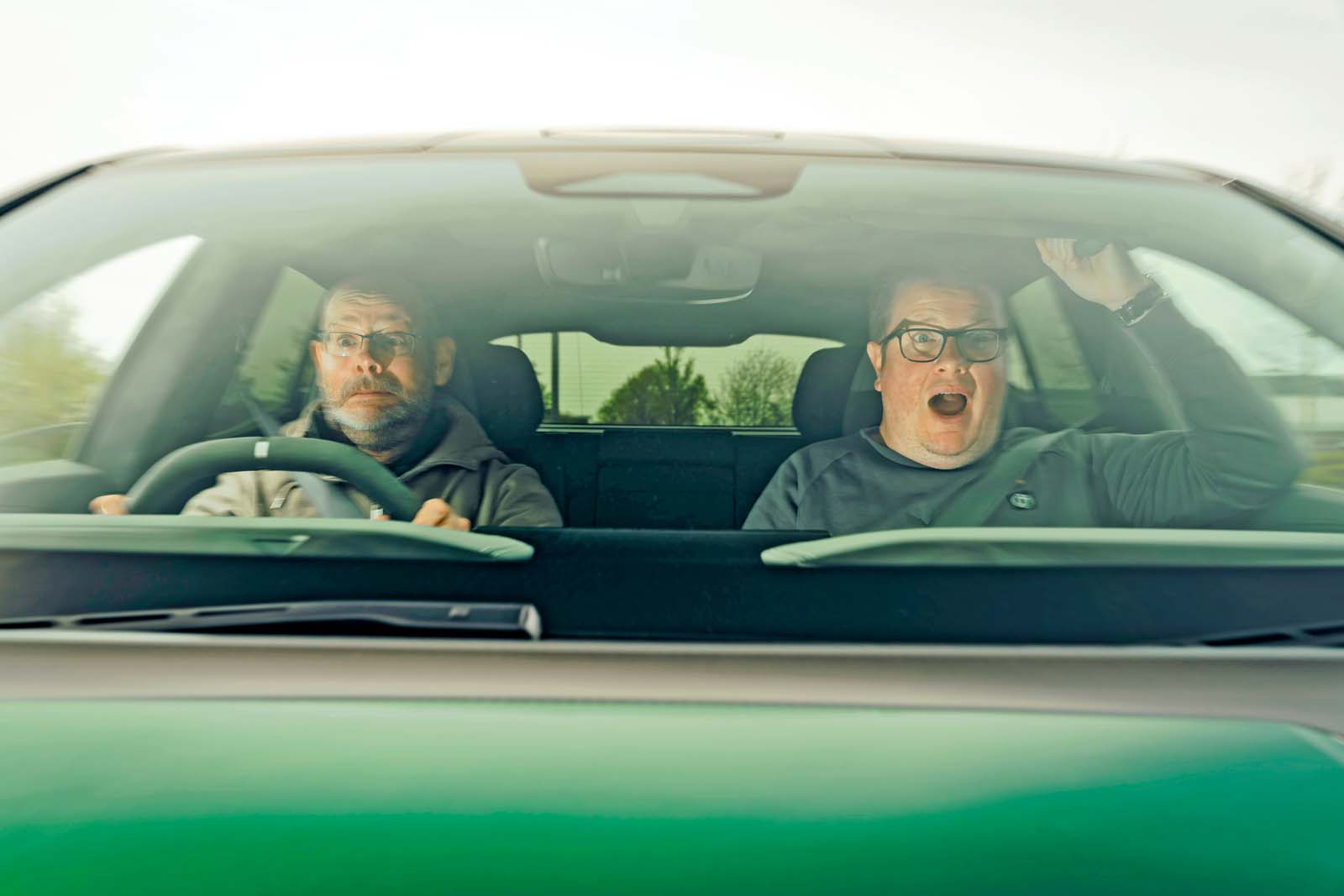The subject of EVs and their surplus of performance has been given fresh attention by a leading motor insurance broker.
They told us that electric cars are involved in more accidents than petrol- and diesel-engined models, and the only explanation can be that they’re quicker.
“There are 26% more accident claims for EVs than for ICE vehicles,” says Carl Shuker, CEO of Howden UK&I Retail (formerly known as A-Plan), an insurance broker with 220 high street offices across the UK and Ireland.
“Why are more EVs crashed? Because they’re much faster. Compared with the overall car parc, EVs are skewed to the higher performance end.
“In higher-performance ICE cars you see more claims than for regular cars, so if the whole population of EVs is high performance, you’re going to get a higher claims frequency.”
Shuker adds that it’s not just that EVs are more powerful, but it’s the way their power is delivered that can wrong-foot drivers.
“It’s instant with an EV, so it’s a different driving experience from an ICE vehicle,” he says. “Even so, I suspect the mix and type of accidents will be the same as everything else.
The frequency of accidental damage with EVs is higher, but fortunately the frequency of serious injury is lower, because of their safety features and technology.”
Shuker is one of the few people in the insurance industry to say higher performance and higher accident rates are among the reasons EVs are more expensive to insure than ICE cars.
Other firms have already emphasised the higher repair costs of EVs, and Shuker agrees, saying the average repair cost of an EV is £2570, compared with £1916 for an ICE vehicle.
He adds that they take on average 14% longer to repair, in part because of the shortage of suitably qualified technicians. But few have pointed the finger at EVs’ high performance quite so starkly.
Howden’s experience of EVs’ higher crash rates is shared by Hertz, which last January defleeted 20,000 of its Teslas.
One reason given for the move was that they were involved in more accidents than the renter’s ICE vehicles.
According to insurance analyst LexisNexis, drivers switching from an ICE vehicle to an EV are more likely to crash in their first year of EV ownership than someone switching from one ICE vehicle to another.
To bring down EVs’ accident rates, Shuker would like to see better driver training and the EV performance race brought under control, but he accepts that the only real solution is more widespread familiarity with the cars.
He recalls his grandmother being caught speeding for the first time.
“She explained she was in a hurry before her car ran out of petrol,” he says. “I wonder if a little bit of that goes on with EVs.”

